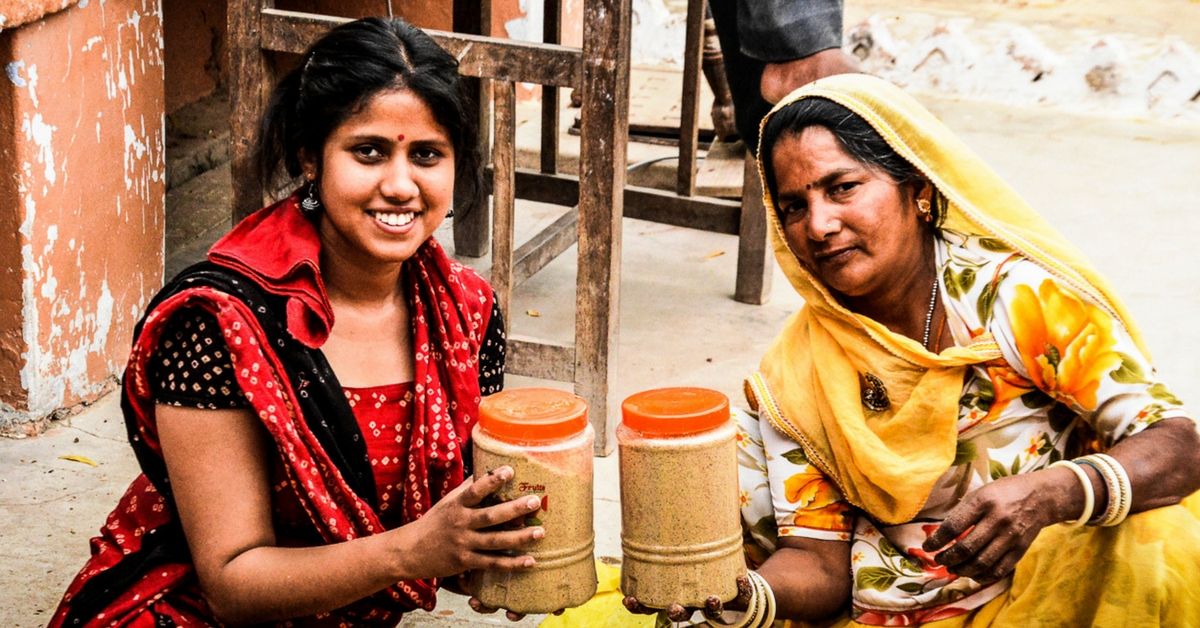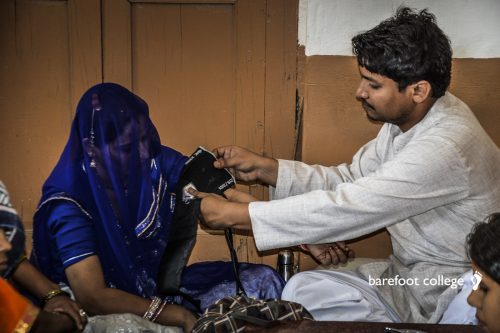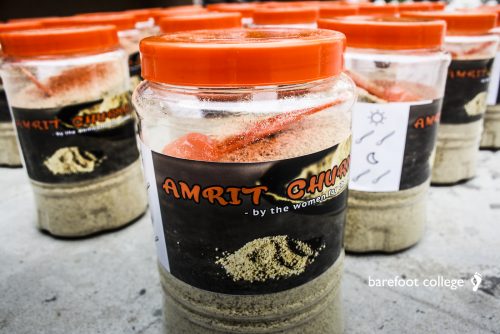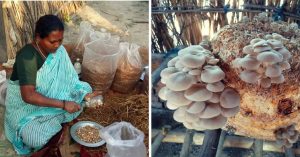TBI Blogs: How a Doctor in Rajasthan Used a Traditional Remedy for Anaemia to Achieve Phenomenal Results
Folk medicine and Ayurveda can often provide remedies that offer almost miraculous results. A doctor in Rajasthan stumbled upon one such remedy, and has used it to change the lives of women in villages.

Folk medicine and Ayurveda can often provide remedies that offer almost miraculous results. A doctor in Rajasthan stumbled upon one such remedy, and has used it to change the lives of women in villages.
Working in 4 Rajasthani villages, Barefoot College resident SBI Fellow Dr. Monalisa Padhee noticed a high prevalence of undernourishment, manifesting in particular as anemia (lack of iron). While the government of India has dedicated programs to alleviate inter-generational cycles of poor health, Dr. Padhee found this to be non-existent in those regions of Rajasthan.
“To break the inter-generational cycle of poor health, I decided to target women before and around the time of conception, as they are the most crucial stages for embryogenesis, organogenesis, and fetal development,” says Dr. Padhee.
The health team conducted basic diagnostic tests for nearly 200 girls and women to identify haemoglobin levels. With no provisions for iron supplementation programs, she sought for a local product that could alleviate anemia levels, and in her quest, found a solution that was right under our noses all along.

The locals call it Amritchurna. With the help of Barefoot’s health coordinators, Meghrajji and Mangilalji, the team mobilized the community to uncover the necessary proportions of this indigenous product made of wheat, black gram, groundnut, sesame seed, and jaggery. Together, the ingredients create a well-balanced mix of carbohydrates, proteins, calcium, magnesium, and the most important – iron. All ingredients are locally available, affordable, and most importantly, accepted by the community.
A simple packaging, with graphical instructions on the dosage, was adopted and distributed to more than 100 women and girls who were anemic. The fee was nominal, at Rs. 30/kg.

After consumption of Amritchurna for four months, many of the girls and women who were anemic saw increases in their haemoglobin levels by 2-3 gm./dL, a very encouraging discovery. Most physicians agree that a woman’s natural haemoglobin level is between 12-14 gm./dL. So, when Kripa’s blood check-up showed a level of 6 gm./dL, the health team advised her to take Amritchurna.
“Kripa came with her aunty and pregnant sister-in-law for the blood check-up camp. She looked very pale and thin, and as expected, she was severely anemic. After a month of regular intake, we went for the check-up again, and were pleasantly surprised to find her levels increased to 9 gm./dL. I decided to redo her tests again, and got the same result after conducting the test multiple times. This motivated her to take Amritchurna every day, and during the last check-up, the team could barely recognize her. She looks healthy, and has even put on decent weight. Her haemoglobin level is now 10.6 gm./dL,” Dr. Padhee reminisces proudly.
Motivating the women to maintain a continual intake of Amritchurna is now the biggest challenge. Although most girls have increased haemoglobin levels, not many have had transformations like Kripa. It is difficult to predict how much the treatment will benefit an individual, and occasionally, this can become the cause of dissent among beneficiaries.
Dr. Padhee believes that addressing patients’ needs should improve their individual health, and also empower them with resources and knowledge. To further complement the remedy, awareness sessions on the prevalence of iron deficiency were also conducted to discuss why girls and women, in general, are more vulnerable to this deficiency, as well as what this can mean to their long-term health.

The project has led to a highly focussed plan on targeted continuous care, right from adolescence to lactation and beyond, in order to achieve a progressive increase in the health status of the country.
Support Barefoot College to enable further initiatives like this.
Like this story? Or have something to share? Write to us: [email protected], or connect with us on Facebook and Twitter.
NEW: Click here to get positive news on WhatsApp!
This story made me
- 97
- 121
- 89
- 167
Tell Us More
We bring stories straight from the heart of India, to inspire millions and create a wave of impact. Our positive movement is growing bigger everyday, and we would love for you to join it.
Please contribute whatever you can, every little penny helps our team in bringing you more stories that support dreams and spread hope.



















